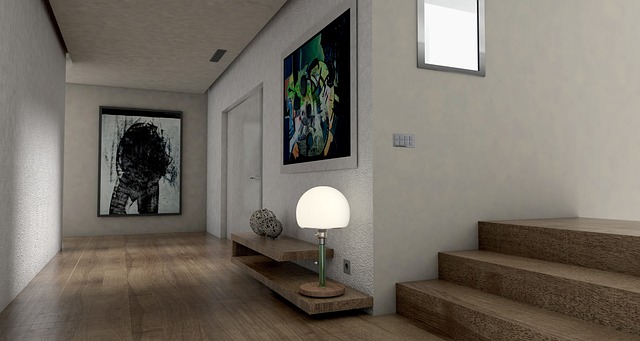In today’s digital age, visual effects have transcended the realm of cinema and video games, profoundly influencing simulations across various platforms. The magnificent capabilities of virtual reality (VR), augmented reality (AR), and the burgeoning metaverse have created immersive experiences that are not just visually stunning but also emotionally resonant. Let’s explore how visual effects play an essential role in transforming our perception in these advanced simulations.
Virtual Reality: Immersion Redefined
Virtual reality immerses users in a completely artificial environment, where visual effects play a crucial part in enhancing the sense of presence. These effects create lifelike scenes that engage the user on multiple sensory levels. Imagine strapping on a VR headset and being transported to a picturesque landscape, feeling the breeze and hearing the rustle of leaves around you. Through advanced visual effects, every detail is meticulously crafted, allowing users to interact with their surroundings as if they were real.
The psychological impact of this immersion is profound; users often feel a genuine emotional connection to VR environments. This makes virtual reality a powerful tool for training simulations, therapeutic applications, and even social interactions. By incorporating realistic visual effects, developers can create experiences that not only educate but also resonate on a personal level, making learning and growth feel more attainable.
Augmented Reality: Blending Realities
In contrast, augmented reality overlays digital information onto the real world, enriching our everyday experiences with virtual elements. The role of visual effects here is equally vital, as they seamlessly integrate 3D animations, graphics, and information into our physical surroundings. This fluid combination enhances how we perceive and interact with the world around us.
Consider how AR applications are changing industries like retail, education, and entertainment. With visual effects rendering virtual products in real-time, consumers can preview how furniture fits in their living rooms or how clothing looks without ever stepping foot in a store. The way visual effects enhance these experiences fosters a deeper connection, as users can visualize and engage with products or information in their natural settings.
The Metaverse: A New Frontier
Finally, the concept of the metaverse encapsulates an emerging digital landscape where virtual experiences are not only shared but interwoven across different platforms. As this digital utopia evolves, visual effects will play a pivotal role in shaping a cohesive and engaging environment. From creating avatars that mimic real-life characteristics to constructing virtual worlds filled with intricate details, visual effects are integral to building a thriving metaverse.
The potential of the metaverse extends beyond mere entertainment; it gives rise to possibilities for collaboration, community building, and social engagement in ways we have yet to fully comprehend. As visual effects pave the way for more rich and detailed simulations, they will help us forge connections that transcend physical boundaries, further immersing us in digital experiences.
In conclusion, whether it’s through the complete immersion of virtual reality, the blended experiences of augmented reality, or the expansive opportunities within the metaverse, visual effects are the driving force behind captivating simulations. They not only enhance our perception of digital environments but also transform how we interact with the world, paving the way for a future where the lines between reality and the digital realm continue to blur.



